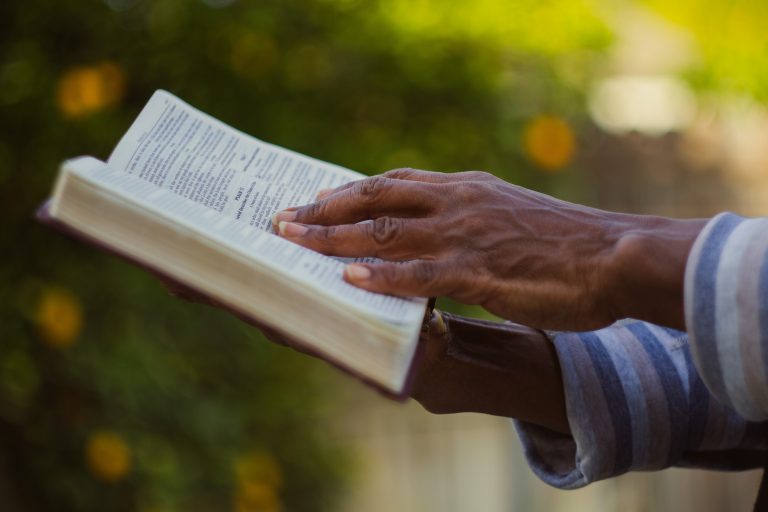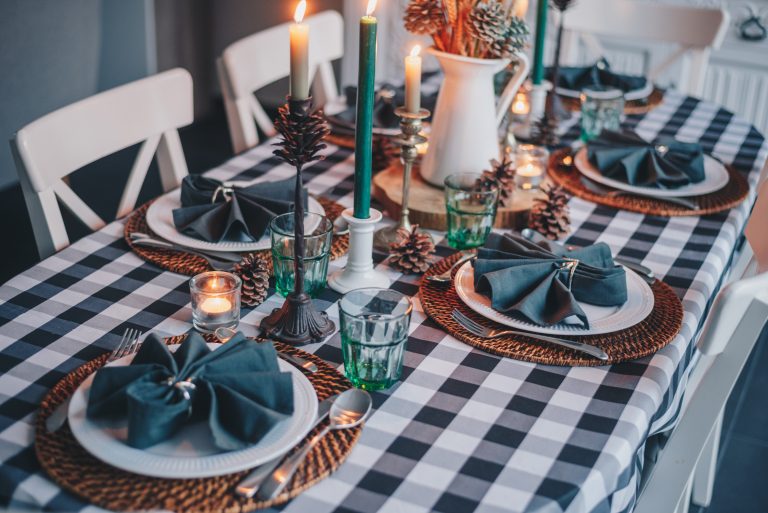Grounding techniques aim to bring you back to the present. It distracts your mind from negative and challenging emotions and unwanted experiences to refocus on what is happening here and now.
They can help control your anxiety by turning your attention away from thoughts, worries, memories and refocusing on the present moment.
Grounding techniques usually can be physical, where you use your five senses or tangible objects to help you reconnect with your body or environment, or mental, where you use mental distractions to redirect your thoughts away from distress and reconnects you with the present. Some grounding techniques are a mix of both.
Here we’ll teach you a few physical grounding techniques to help you reconnect with the present.

Physical Grounding Techniques
5-4-3-2-1 Technique (Go through your senses)
This technique will force you to focus on your surroundings and use your senses.
5 – What are 5 things you can see?
4 – What are 4 things you can touch and feel?
3 – What are 3 things you can hear?
2 – What are 2 things you can smell?
1 – What is 1 thing you can taste?
Notice small details such as a pattern or an object you never notice.
Notice the sensation of your clothing on your body, the sun on your skin, or the chair or floor you’re sitting on.
Pay attention to distant sounds like the trees blowing, sounds made by objects, distant traffic or sounds your mind tries to tune out, like a ticking clock, the radio or people talking.
Try to notice smells around you, like perfume, coffee or food, or look for something that has a scent, like a candle or a flower.
Try a food and notice all the flavours. If you can’t, then imagine the taste of your favourite food.

Breathing Techniques
Try to concentrate on your breathing, and slow it down. Breathe deeply. Feel each breath filling your lungs, and notice how it changes when you breathe out.
Square Breathing or 4-4-4
- Inhale to the count of 4.
- Hold your breath for 4 seconds.
- Exhale on the count of 4.
- Hold your breath for 4 seconds.
4-7-8 Breathing
- Inhale to the count of 4.
- Hold your breath for 7 seconds.
- Exhale to the count of 8.
Alternate Nostril Breathing
- Use your thumb to close your right-hand nostril and inhale only through your left nostril.
- Pinch your nose closed by bringing your ring finger to your left nostril, and temporarily hold your breath.
- Open up your right nostril by removing your thumb, and exhale.
- Inhale again through your right nostril.
- Pinch your nose closed again and hold your breath for a moment.
- Open up your left nostril and exhale.
- Inhale again through your left nostril.
- Repeat the cycle.

Use Water
You can put your face in cold water for a few seconds and then focus on the sensation of your skin. How does it feel? Is it different from before? How does the coldness feel against your skin?
You can also put your hands in water. You can use warm water first, then cold. Focus on the water’s temperature. How does it feel on your fingertips? Your palms? Does it feel the same in each part of your hand? Does it feel different when you switch from cold to warm?
Go on a Short Walk
Concentrate on your steps and count them. Notice your footsteps and how the ground feels with each step. Focus on the wind against your skin.
Move your body and pay attention to how it feels with each movement. You can do jumping jacks, jog or march in place, stretch, or jump a rope.
Hold a Piece of Ice
How does it feel? When did it start melting? How long did it take? Does it feel different? How does the sensation change?
Savour a Scent, a Food or a Drink
Choose a scent, food or drink that you enjoy. Inhale the fragrance, and notice whether it’s sweet, spicy, citrusy, etc. Taste each bite of the food you chase, and taste the flavours and smells that linger.
Pick one Item or an Object
Choose an item and place it in your hand. Close your eyes and feel its texture, weight, temperature, etc. Is it soft or hard? Warm? Etc.
Later, you can open your eyes and notice its colour, features and qualities.

Body Awareness Techniques
Body awareness techniques will bring you to the present by redirecting your focus to your body. Try any of these techniques separately, but remember to pay attention to the physical sensations.
- Stamp your feet on the ground and march on the spot. Pay attention to the sensations on your feet and legs. How do they feel? Is it different when they’re in the air? How do they feel when they hit the ground?
- Place both feet on the floor and wiggle your toes. Curl and uncurl them, and notice the sensation in your feet. Are you barefoot, or are you wearing socks?
- Clench your hands into fists for 5 seconds, then release the tension. Repeat this, and notice how your hands feel.
- Do stretching exercises and hold for 30 seconds each.
- Notice how your body feels from head to toe. Notice your hair, the weight of your clothes on your shoulders and hips, how your arms feel at your sides, your heartbeat, your stomach (is it full or do you feel hungry?), and your legs and feet.
Author: Magdalena Garcia
Integrative Psychotherapist BSc, PGDip, MSc (Dist), (Reg MBACP)




